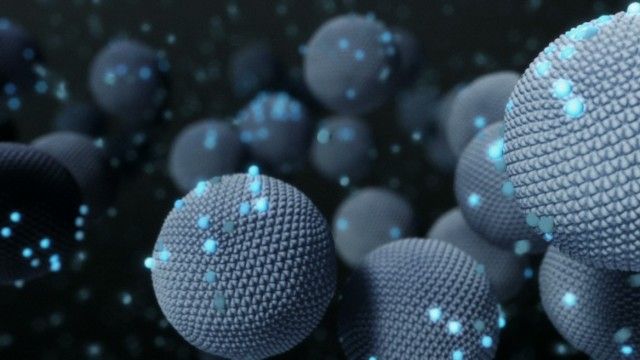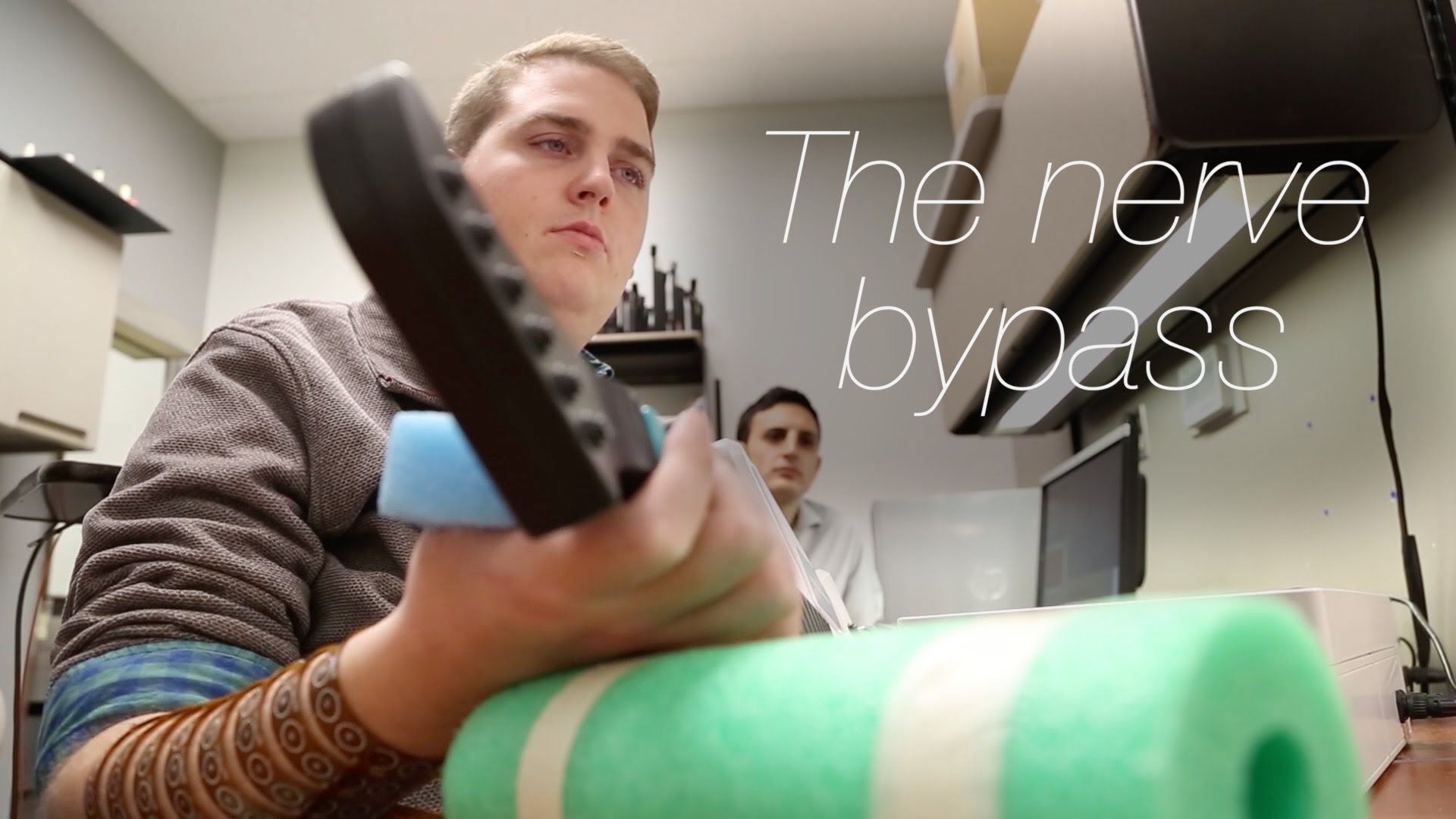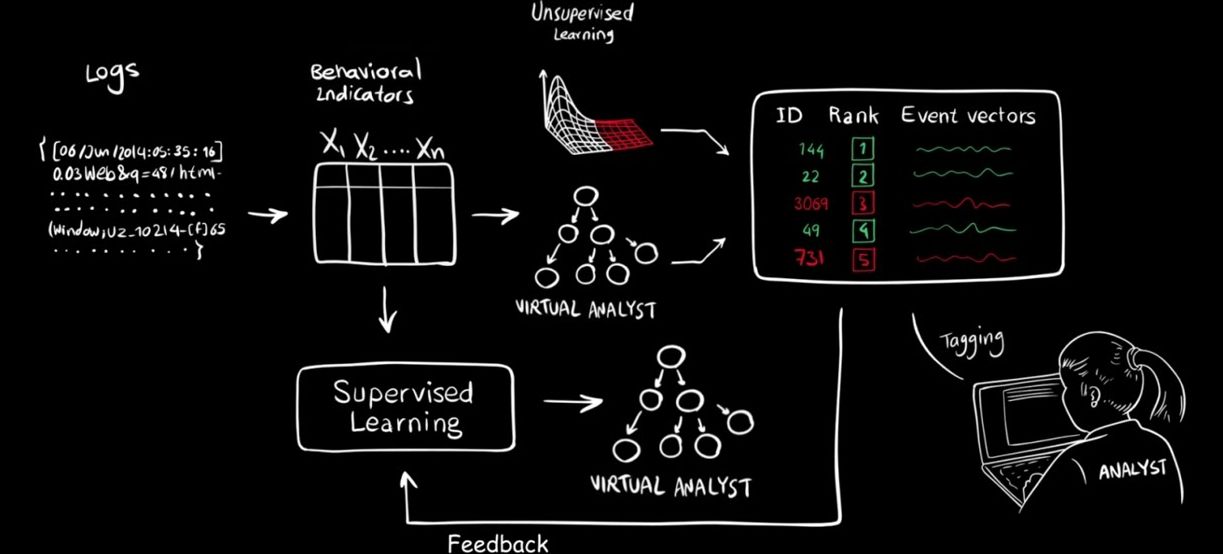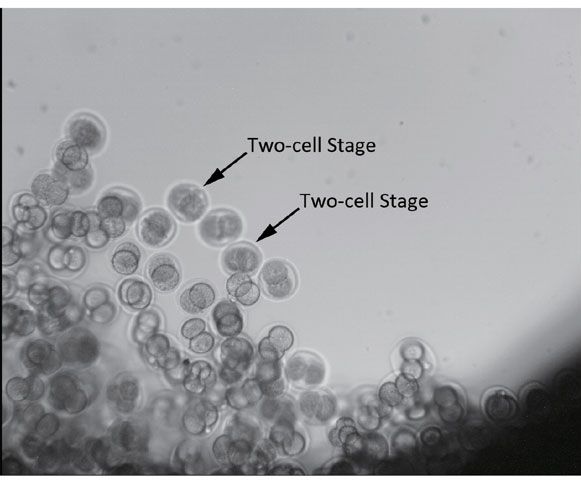Apr 18, 2016
Common over-the-counter drugs can hurt your brain
Posted by Karen Hurst in categories: biotech/medical, neuroscience
Makes one assess their medicine cabinet especially those allergy meds, etc.
The new study is the first to examine the physical changes that serve as the catalyst for cognitive decline. Using brain imaging techniques, researchers at the Indiana University School of Medicine found (PDF) lower metabolism and reduced brain sizes among study participants taking anticholinergic drugs.
“These findings provide us with a much better understanding of how this class of drugs may act upon the brain in ways that might raise the risk of cognitive impairment and dementia,” said Shannon Risacher, an assistant professor of radiology and imaging sciences.
Continue reading “Common over-the-counter drugs can hurt your brain” »

















